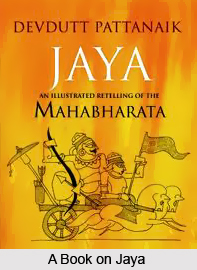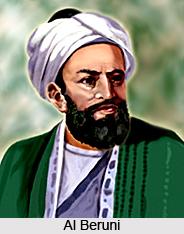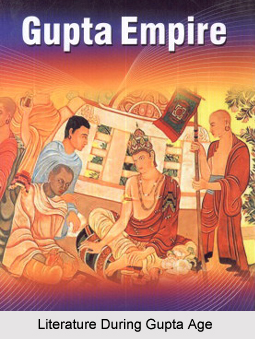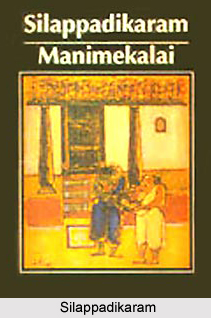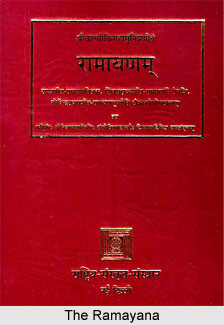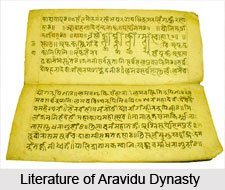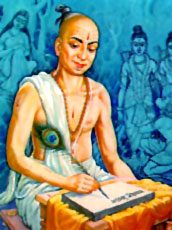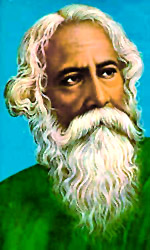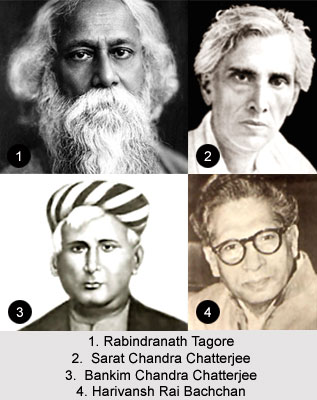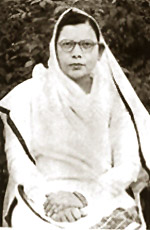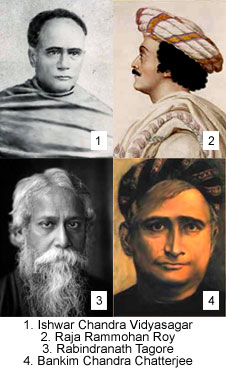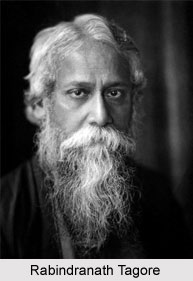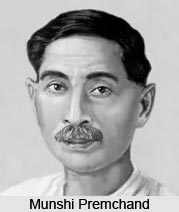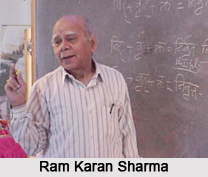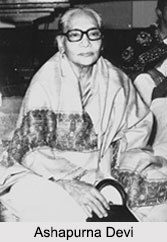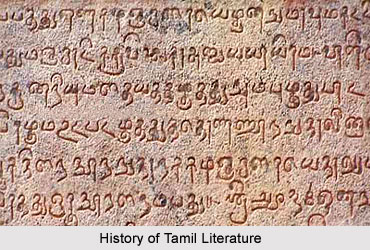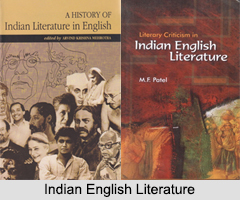Malaipatukatam is a poetic work of Tamil literature from the Sangam age equivalent to the period between 100 BCE -100 CE. Malaipatukatam is included in the Pathinenkilkanakku anthology and comprises of 583 lines of verses in the Achiriyappa meter. The poems in Malaipatukatam were composed by poet Perunkosikanaar, who was from Perunkunrur, praising a minor tribal chief called Nannan Venmaan. The Tamil poetic work is from the Pattupattu collection and follows a style known as Arruppatai, which is utilised by majority of the books in the Pattupattu compilation.
Arruppatai are presented in the form of travelogues which describes a poet`s experience who has received many gifts from a king and also motivates other writers to praise the king and his land in radiant ways. Thus the poets get an opportunity to elaborate about the natural scenic beauty, resources and fertility of the region that has to be crossed in order to reach the palace of the noble ruler. Malaipatukatam provides descriptions of the many sounds that are originated and echoed through the mountainous regions and utilises the likeness of an elephant resembling the mountain and to describe the sounds. The sounds that emanate from the mountain terrain are once more compared to the secretion emitting from the mountain. The term Malaipatukatam taken from the poem is regarded as very remarkable.
The Tamil poem also explains the lifestyle of the folk dancers in the Tamil nation during the Sangam age. Malaipatukatam gives a description of an actor-cum-dancer`s family. The poem is also known as Kuttararruppatai, which means a lay that leads actors and dancers to a generous king. The phrase Malaipatukatam contains a poetic charm. The poem elaborately describes the artistic life of actors and dancers as well as the musical instruments used by them.
This article is a stub. You may enrich it by adding more information to it. You can send your write-up at content@indianetzone.com
